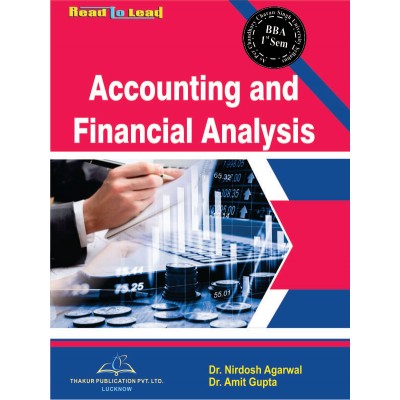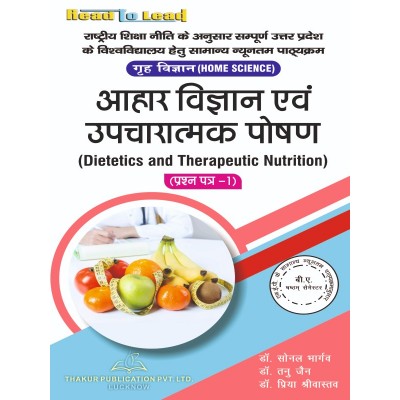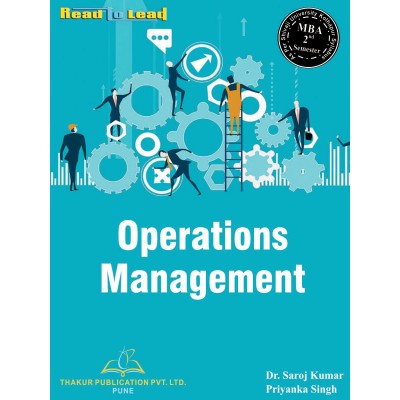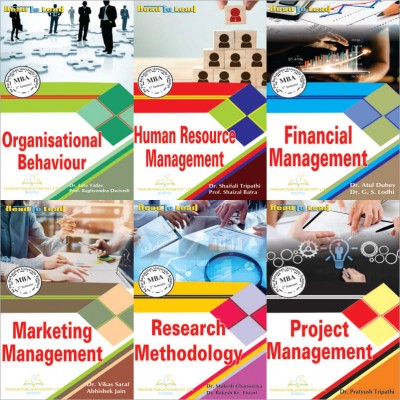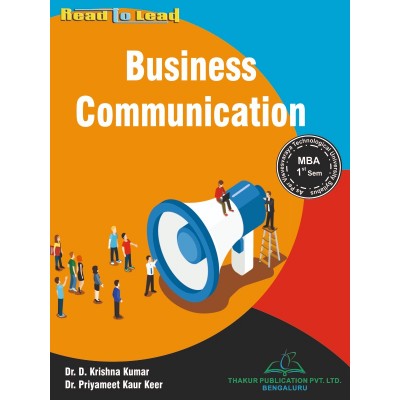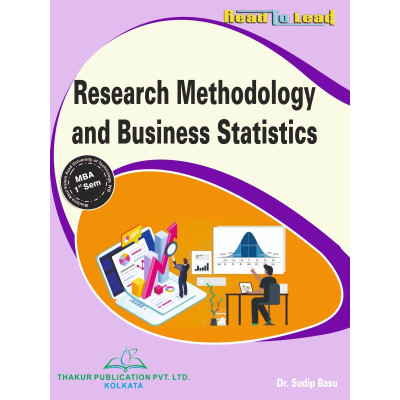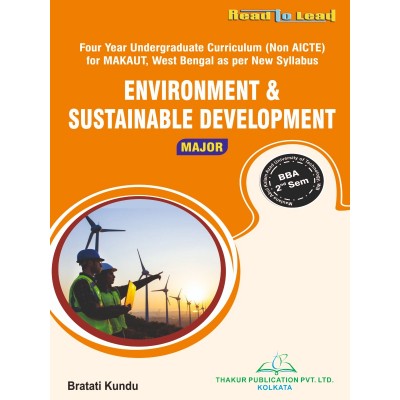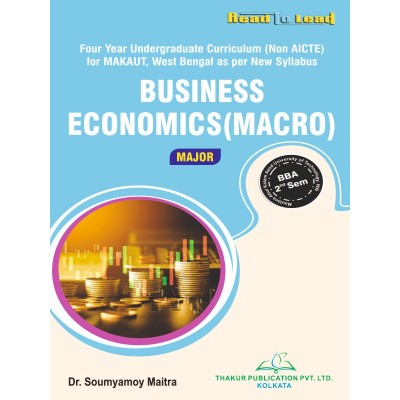Categories
- Pharmacy
-
Nursing
-
MBA
-
BBA
- U.P. State University
- Veer Bahadur Singh Purvanchal University, Jaunpur
- Chaudhary Charan Singh University, Meerut
- Dr. Bhimrao Ambedkar University, Agra
- Chhatrapati Shahu Ji Maharaj University, Kanpur
- Mahatma Jyotiba Phule Rohilkhand University, Bareilly
- Mahatma Gandhi Kashi Vidyapith, Varanasi
- Dr. Ram Manohar Lohia Avadh University, Ayodhya
- Deen Dayal Upadhyaya Gorakhpur University
- Prof. Rajendra Singh (Rajju Bhaiya) University, Prayagraj
-
BCA
- UP State Universities
- University of Pune
- I.K.Gujral Punjab Technical University (PTU)
- University of Rajasthan
- Rashtrasant Tukadoji Maharaj Nagpur University
- Uttar Pradesh NEP2020
- University of Rajasthan ,Jaipur (According to NEP-2020)
- BCCA (B. Com - Computer Science)
- Haryana
- West Bengal
- BBA (CA)
- PUNE BCA (Sci,Commerce)/B.Com (CA)
- Dr. A. P. J. Abdul Kalam Technical University, Lucknow ( AKTU )
- MCA
-
B Ed
- Lucknow University B.Ed Books
- Chaudhary Charan Singh University/Maa Shakambhari University, Saharanpur
- Dr Bhim Rao Ambedkar University, Agra
- Mahatma Gandhi Kashi Vidyapeeth, Varanasi
- Chhatrapati Shahu Ji Maharaj University
- Prof. Rajendra Singh (Rajju Bhaiya) University, Prayagraj (PRSU)
- Mahatma Jyotiba Phule Rohilkhand University(Mjpru), Bareilly
- Dr. Ram Manohar Lohia Avadh University, Ayodhya
- Bundelkhand University, Jhansi
- B.A,B.ed
- B.Sc, B.ed
- Deen Dayal Upadhyaya Gorakhpur University
- Veer Bahadur Purvanchal University (VBPU)
- Maharaja Suhel Dev State University ,Azamgarh (MSDSU)
- Raja Mahendra Pratap Singh State University, Aligarh (RMPSSU)
- Barkatullah Vishwavidyalaya (Bhopal)
- Jiwaji University (Gwalior)
- Vikram University (Ujjain)
- Dr. Harisingh Gour University (Sagar)
- Devi Ahilya Vishwavidyalaya (Indore)
- Rani Durgavati Vishwavidyalaya (Jabalpur)
- Awadhesh Pratap Singh University (Rewa)
- Maharaja Chhatrasal Bundelkhand University (Chhatarpur)
- D. EL. ED
- TET
-
B Com
-
B Sc
- B.Sc. U.P. State Universities Common Syllabus NEP
- Veer Bahadur Singh Purvanchal University, Jaunpur
- University of Lucknow
- Chaudhary Charan Singh University, Meerut
- Madhya Pradesh
- Chhatrapati Shahu Ji Maharaj University, Kanpur
- Dr. Bhimrao Ambedkar University, Agra
- Mahatma Gandhi Kashi Vidyapith, Varanasi
- DEEN DAYAL UPADHYAYA GORAKHPUR UNIVERSITY
- Prof. Rajendra Singh (Rajju Bhaiya) University, Prayagraj
- Dr. Ram Manohar Lohia Avadh University, Ayodhya
- Mahatma Jyotiba Phule Rohilkhand University, Bareilly
- Uttarakhand State Universities
- B.Sc. Bihar Universities Common Syllabus NEP
- University of Rajasthan (Jaipur)
- Haryana
-
Bachelor of Arts [B.A.]
- B.A. Of U.P. State Universities Common Syllabus NEP
- Veer Bahadur Singh Purvanchal University, Jaunpur
- University of Lucknow
- Chaudhary Charan Singh University, Meerut
- Chhatrapati Shahu Ji Maharaj University, Kanpur
- Dr. Bhimrao Ambedkar University, Agra
- Mahatma Gandhi Kashi Vidyapith, Varanasi
- Deen Dayal Upadhyaya Gorakhpur University
- Prof. Rajendra Singh (Rajju Bhaiya) University, Prayagraj
- Dr. Ram Manohar Lohia Avadh University, Ayodhya
- Mahatma Jyotiba Phule Rohilkhand University, Bareilly
- Madhya Pradesh
- Uttarakhand
- Bihar
- University of Rajasthan (Jaipur Syllabus as Per NEP2020)
- Haryana NEP-2020
- B Tech
- LLB
- SWA Education
MANAGEMENT INFORMATION SYSTEM (MINOR) MAKAUT BBA SECOND SEM
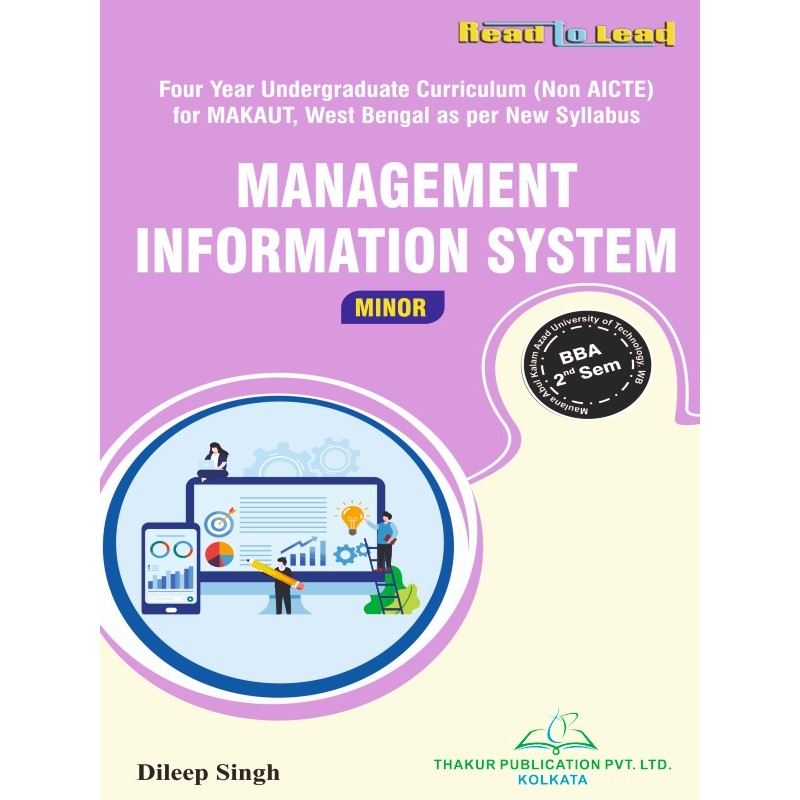
AUTHOR : Mr. Dileep Singh
ISBN : 978-93-5755-738-2
Tax excluded
Contents
|
Unit 1: Information System |
||
|
1.1. |
Data, Information and Knowledge Concepts |
13 |
|
1.1.1. |
Data |
13 |
|
1.1.2. |
Information |
13 |
|
1.1.2.1. |
Characteristics/Attributes of Information |
14 |
|
1.1.2.2. |
Difference between Data and Information |
14 |
|
1.1.2.3. |
Types of Information |
15 |
|
1.1.2.4. |
Difference between Data and Information |
17 |
|
1.1.3. |
Knowledge |
17 |
|
1.2. |
Information Technology(IT) |
18 |
|
1.2.1. |
Concept |
18 |
|
1.2.2. |
Features of IT |
18 |
|
1.2.3. |
Components of IT |
19 |
|
1.2.4. |
Advantages of IT |
19 |
|
1.2.5. |
Disadvantages of IT |
20 |
|
1.2.6. |
Role of IT in Business |
20 |
|
1.2.7. |
Role of IT in Society |
22 |
|
1.3. |
Information Systems(IS) |
25 |
|
1.3.1. |
Concept |
25 |
|
1.3.2. |
Characteristics of Information Systems |
25 |
|
1.3.3. |
Components/Resources of Information Systems |
26 |
|
1.3.4. |
Types of Information Systems |
28 |
|
1.3.4.1. |
Operations Support Systems (OSS) |
28 |
|
1.3.4.2. |
Management Support Systems (MSS) |
29 |
|
1.3.5. |
Roles of Information Systems in Business |
29 |
|
1.4. |
Information Systems for Competitive Advantage |
30 |
|
1.4.1. |
Competitive Advantages |
30 |
|
1.4.2. |
Competitive Strategy Concepts |
32 |
|
1.4.2.1. |
Porter’s Five Forces Model |
32 |
|
1.4.2.2. |
Competitive Strategies |
33 |
|
1.4.2.3. |
Value Chain Activities |
34 |
|
1.4.3. |
Advantages of IS to Achieve Competitive Advantages |
36 |
|
1.5. |
Management Information System (MIS) |
38 |
|
1.5.1. |
Meaning and Concept |
38 |
|
1.5.2. |
Evolution of MIS |
39 |
|
1.5.3. |
Need of MIS |
41 |
|
1.5.4. |
Purpose and Objectives of MIS |
41 |
|
1.5.5. |
Role of MIS in Business |
42 |
|
1.5.6. |
Characteristics of MIS |
42 |
|
1.5.7. |
MIS Functions in an Organization |
44 |
|
1.5.8. |
Structure of MIS |
44 |
|
1.5.9. |
Benefits of MIS |
46 |
|
1.5.10. |
Limitations of MIS |
46 |
|
1.6. |
Exercise |
47 |
|
|
|
|
|
Unit 2: Information and Managerial Effectiveness |
||
|
2.1. |
Information as a Corporate Resource |
48 |
|
2.1.1. |
Introduction |
48 |
|
2.1.2. |
Quality of Information |
50 |
|
2.1.3. |
Types of Information |
51 |
|
2.1.4. |
Level of People and Their Information Needs/ Classification by Management Hierarchy |
52 |
|
2.1.5. |
Managerial Effectiveness and Information |
53 |
|
2.2. |
Functional Information Systems |
54 |
|
2.2.1. |
Introduction |
54 |
|
2.2.2. |
Features of Functional Information Systems |
54 |
|
2.2.3. |
Types of Functional Information Systems |
55 |
|
2.2.4. |
Financial Information System |
56 |
|
2.2.4.1. |
Model of Financial Information System |
56 |
|
2.2.4.2. |
Functions of Financial IS |
57 |
|
2.2.4.3. |
Inputs of Financial IS |
57 |
|
2.2.4.4. |
Reports of Financial IS |
58 |
|
2.2.4.5. |
Applications of Financial IS |
59 |
|
2.2.5. |
Marketing Information System |
60 |
|
2.2.5.1. |
Model of MkIS |
61 |
|
2.2.5.2. |
Functions of Marketing IS |
62 |
|
2.2.5.3. |
Inputs of Marketing IS |
62 |
|
2.2.5.4. |
Outputs of Marketing IS |
63 |
|
2.2.5.5. |
Reports of Marketing IS |
64 |
|
2.2.5.6. |
Applications of Marketing IS |
65 |
|
2.2.6. |
Manufacturing Information System |
66 |
|
2.2.6.1. |
Model of Manufacturing Information System |
67 |
|
2.2.6.2. |
Functions of Manufacturing IS |
68 |
|
2.2.6.3. |
Inputs of Manufacturing IS |
69 |
|
2.2.6.4. |
Reports of Manufacturing IS |
69 |
|
2.2.6.5. |
Applications of Manufacturing IS |
70 |
|
2.2.7. |
Human Resource Information System(HRIS)/ Personnel Information System (PIS) |
71 |
|
2.2.7.1. |
Features of HRIS |
71 |
|
2.2.7.2. |
Models of HRIS |
72 |
|
2.2.7.3. |
Functions of HRIS |
73 |
|
2.2.7.4. |
Inputs of HRIS |
74 |
|
2.2.7.5. |
Reports of HRIS |
74 |
|
2.2.7.6. |
Applications of HRIS |
75 |
|
2.2.8. |
Examples of Functional Information Systems |
76 |
|
2.3. |
Exercise |
77 |
|
|
|
|
|
Unit 3: Understanding Information System Concepts |
||
|
3.1. |
Information System Concepts |
78 |
|
3.1.1. |
System |
78 |
|
3.1.1.1. |
System Characteristics |
79 |
|
3.1.1.2. |
Basic Components/Elements of the System |
80 |
|
3.1.1.3. |
Types of System |
81 |
|
3.1.2. |
Subsystems |
84 |
|
3.1.3. |
Super Systems |
85 |
|
3.2. |
Types of Business Information Systems |
86 |
|
3.2.1. |
Transaction Processing Systems (TPS) |
86 |
|
3.2.1.1. |
Features of TPS |
87 |
|
3.2.1.2. |
Types of Transactions |
87 |
|
3.2.1.3. |
Transaction Processing Cycle |
87 |
|
3.2.1.4. |
Advantages of TPS |
88 |
|
3.2.1.5. |
Disadvantages of TPS |
89 |
|
3.2.2. |
Management Information System (MIS) |
89 |
|
3.2.3. |
Decision Support System (DSS) |
90 |
|
3.2.3.1. |
Characteristics of Decision Support System |
90 |
|
3.2.3.2. |
Components of Decision Support System |
91 |
|
3.2.3.3. |
Classification of DSS |
92 |
|
3.2.3.4. |
Advantages of DSS |
93 |
|
3.2.3.5. |
Disadvantages of DSS |
93 |
|
3.2.3.6. |
Comparison between DSS and MIS |
94 |
|
3.2.4. |
Executive Information System (EIS)/Executive Support System(ESS) |
95 |
|
3.2.4.1. |
Characteristics of Executive Information System (EIS) |
96 |
|
3.2.4.2. |
Capabilities of EIS |
96 |
16 other products in the same category:
Your review appreciation cannot be sent
Report comment
Report sent
Your report cannot be sent
Write your review
Review sent
Your review cannot be sent









